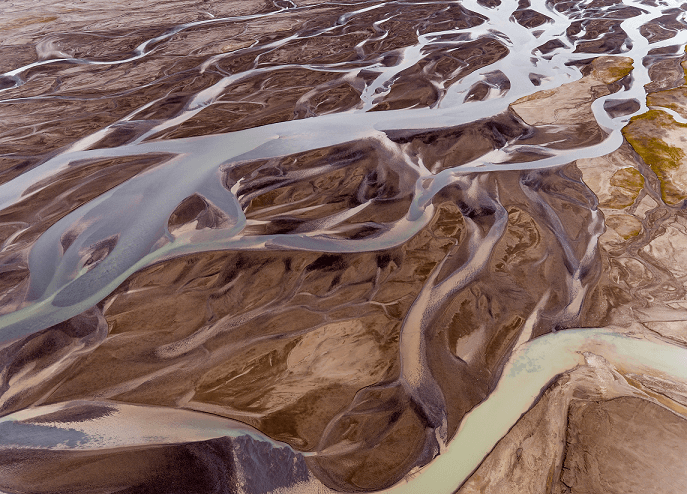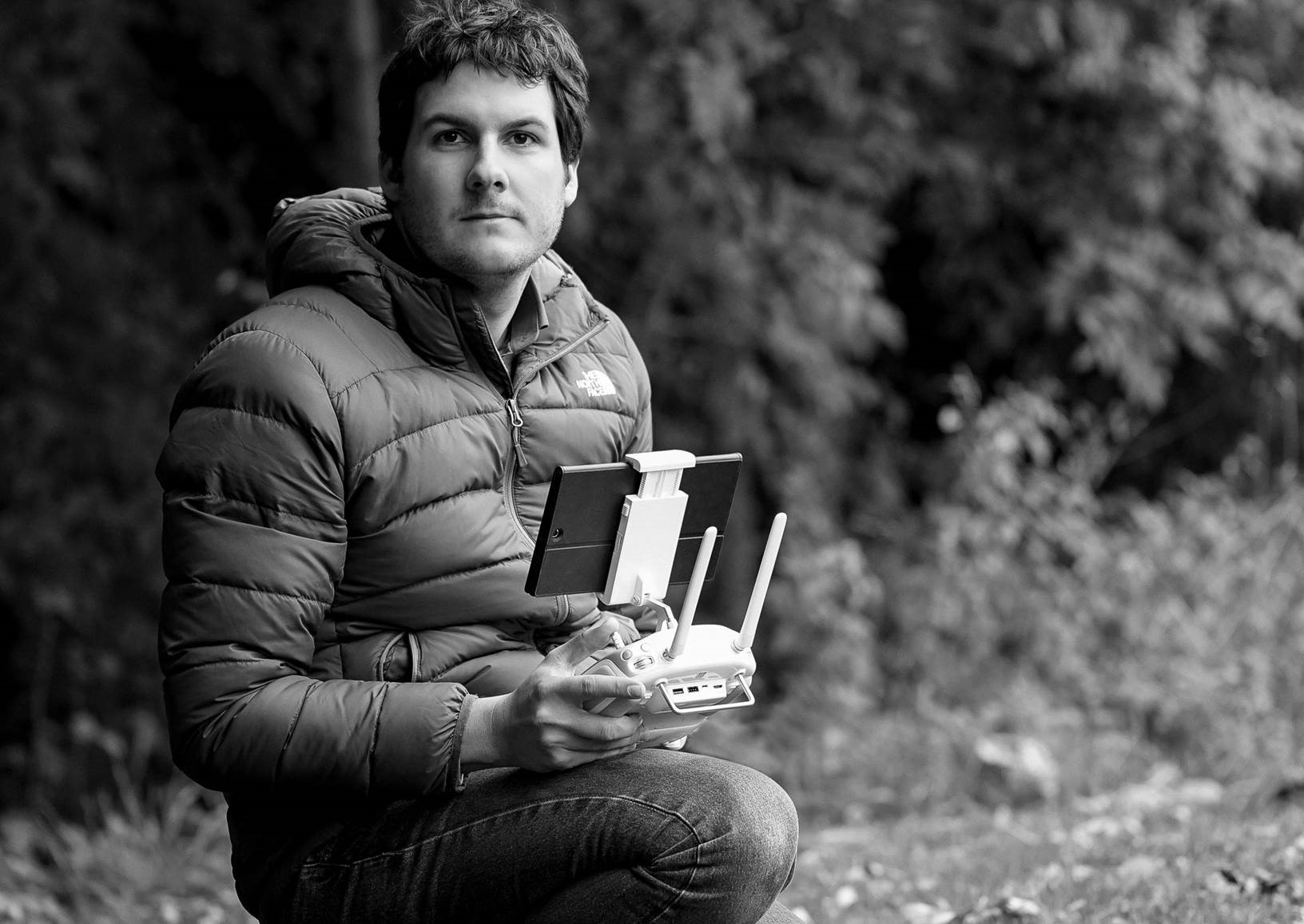
The following is an interview we conducted with Chris Schmid, the self-taught, award-winning, Swiss outdoor and travel photographer. His work is increasingly being recognized throughout the world and has garnered multiple photography awards from prestigious organizations across the globe. We spoke with Chris to understand what it is that drives him to produce such engaging, elegant and incredible photography.
There’s something quite emotionally moving about your photography. How did this all start for you?
Thank you so much. Well, I’m a self-taught photographer and visual storyteller. To me, the essence of photography is capturing a pause in time that might never be had again, and it was this thought that inspired me to take photographs during a six month trip to Australia in 2005. It was such an awesome experience for me that I wanted to capture each breath, each moment. Every experience allows me to marvel at the beauty of our surroundings, and it’s these chances that inspire me to tell stories.
What drew you to the drone? Was there something in particular that inspired you?
I’ve always been searching for innovative and unusual points of view through the art of photography. So, in early 2013 I started to research drones. I wanted to be sure that I would get the best possible shots, because when you spend $3,500, you want to be sure that you’ll have something to cherish. I first started with a small phantom and then quickly upgraded to a DJI S800 because I wanted to have complete control: the roll, the pitch and the yaw. Drones give you these incredibly unique images, I especially love the bird’s eye view images, because it’s such an incredibly new perspective for people.
What challenges did you experience when you first started flying for photography and film making?
The biggest challenge I faced was with the earlier drones and the video signal. It wasn’t as good as today, so you never knew when you’ll lose the video signal, making flying at that time a whole lot more dangerous than it is now! The video signal was also much lower in quality compared to these days. Now you’ve got 720p on your screen stretching continuously over 2km, without any issues. Before, even flying 300m was a challenge for the video’s signal. This assurance really opens up so many areas for creative flying and photograph.
Do you consider aerial imagery to be an important tool in your arsenal?
For me, aerial imagery is really a key asset in the way I shoot these days. For example, during a news report, UAVs enable a wider variety of images that simply weren’t possible before at this price or without renting a helicopter. I’ve been using a lot of aerial footage in my new video series “Off the beaten track”.
Of all the many photos you have taken from the sky, which one is your favorite and why?
What constantly amazes me about aerial images is the way colors and shadows can change without warning almost every 30 minutes, providing the photographer with totally different perspectives all the time, even in the same location. In terms of my favorite, I would have to say I love this image of a surfer I took last year in Florianopolis, Brazil.
What is it about this image that is so special to you? Is it the effort you went through to capture it, the composition, the subject, or a combination of different factors?
I think it’s simply the way the shot makes me feel the power of the ocean and it’s overwhelming size compared to the surfer. Today, our planet is constantly experiencing so many dramatic changes due to the rising temperatures that we often forget the need to learn how to respect it by providing educational support to the people who live in these areas. With photography, we can provide much-needed help by reporting what’s happening in our world. We really are visual storytellers.
Why are you a photographer? What is it about capturing images that made you want to make it your life?
I want to show the beauty of our planet. I want to encourage other people to take care of the environment by showing the power of the Earth through my images and make them realize the majesty of our environment and how we fit into these surroundings. I’m often left speechless by the beauty of our living world, and if I have the chance to give others that same feeling of wonder, it’s all worth it.
Where does your inspiration come from?
My inspiration comes from looking at many photographers’ collections. I love to stay quite simple with my image: the subject and its surroundings, like a charcoal drawing. Overcharged and over-saturated images are just not inspiring for me.
As a photographer, your work has to constantly evolve with technology. How would you compare aerial imaging technology today to how it was when you first started?
I can honestly say that it’s much safer to fly nowadays than its ever been. Thanks to some major improvements in GPS stabilization, stabilization of the drone itself and also the video reception signal which has been vastly improved! Using your iPad as a screen and giving you the possibilities to control everything from one source is a brilliant innovation!
You are one of the first photographers in the world to use the new X5 camera. Having shot with it in several countries now, how do you feel about it? How do you feel it compares to how you shot in the past?
To be honest, I love the Inspire 1, its incredibly stable, powerful and much easier to carry around compared to my S900. To begin with, I wasn’t a big fan of the X3 camera and it’s small sensor, it was great for video, but just so-so for still images. But now, with the X5 I have a professional-grade camera up in the air, capable of giving me HD images that I canfinally use and print. It’s almost replaced my S900. However, for me the S900 still has the advantage when shooting in low-light and for motion images with the Sony a7s cameras.
Have you found that there are possibilities with the X5 that you would never have been able to do, or had never considered in the past?
The freedom to fly in remote locations with a vastly improved image quality is the stand-out highlight for me. The traditional boundaries of creativity are being taken apart, piece-by-piece! Taking the S900 for a long walk is almost impossible, but now with the Inspire 1 and the X5, you can fix the drone in your backpack, and head out into the wilderness. The batteries are also much easier to carry and lighter than before. For a person who travels a lot and for whom weight is important, the Inspire 1 and the new X5 are perfect. The X5 is an incredible, professional camera with a phenomenal sensor. The S900 still has the upper hand with low light shooting but the gap is closing with the Inspire 1 and X5!
The other huge advantage of the X5 is that you can set up the aperture and shutter speed directly from your iPad. It’s very useful for video, when you’ve to keep a slow shutter speed by closing the aperture. The auto focus function is also great for photography, giving crisp and clear images.
Do you have any top tips or comments you would like to offer our readers about using the X5?
With the iPad app, there are so many possibilities, like turning off the auto focus option in video mode, for example, and trying to set up the camera in manual mode. In aerial photography, the lighting can change at any moment, so if you’re in speed priority mode the camera will continuously adjust the aperture, making your videos look less crisp. Apart from these minor tweaks, my advice would be to just go out and enjoy your surroundings with the X5, I know you’ll love it as much as I do!
Whether in the hands of the amateur or the professional, the X5 gives the same awe-inspiring image quality, day in, day out. What story will you tell? Check it out, right now at: https://www.dji.com/product/zenmuse-x5s

To see more of Chris Schmid and his extraordinary photography, head on over to: http://www.eyemage.ch/


